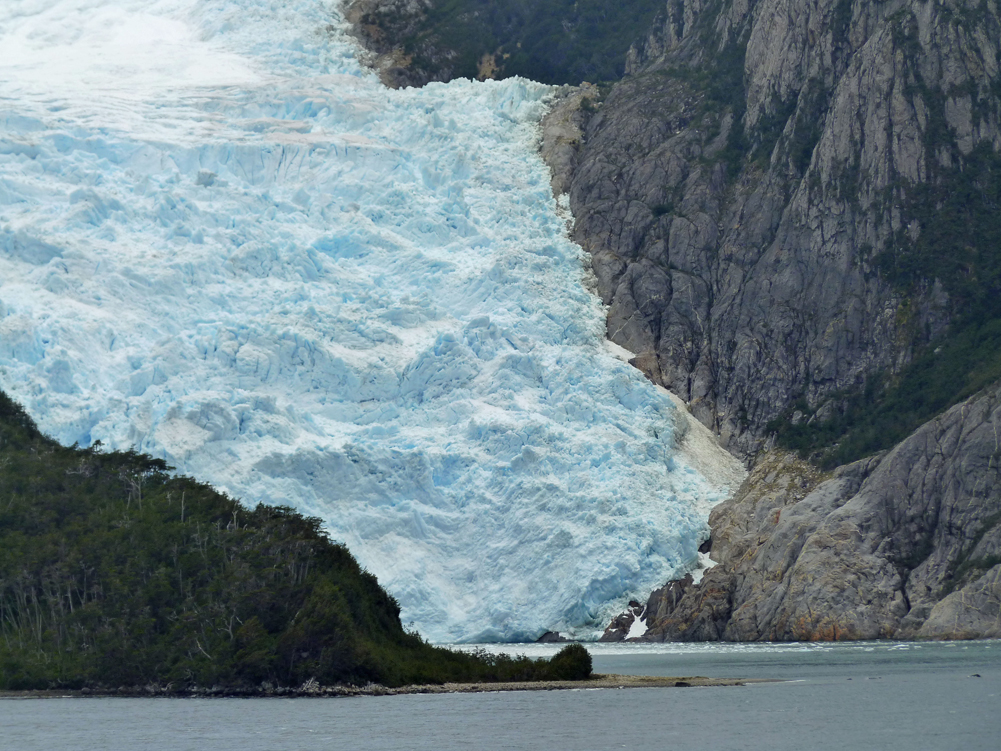Samhain Thanksgiving Moon
A beautiful day outside. Cerulean sky dotted with torn off candy cotton chunks of cumulus. A bright sun. Now all we need is snow. As this winter bears down on us, even though slowly, I find myself occasionally feeling sad about the children of Minnesota future who will not know the onset of deep winter, cold that makes you stand up straight and say, Oh.
They will know, I realized, the long nights of winter still. Global warming has no effect on the tilt of the earth, but it seems strange to think of the Winter Solstice night coming in Minnesota and not needing a parka to be out celebrating it. They will not, of course, no any different, it will be for them the way things have always been. Who’s to say that will be bad? At least from an emotional perspective.
Then again the Holocene has encompassed the rise and rise of humans from veldt to the  moon and it is only 11,000 plus years old. We take it as normal. Really, it’s just an interglacial, as geologists call the warm periods beyond the periodic advances of the ice sheets that define an ice age.
moon and it is only 11,000 plus years old. We take it as normal. Really, it’s just an interglacial, as geologists call the warm periods beyond the periodic advances of the ice sheets that define an ice age.
The last one is not completely over as this shot I took in the Chilean fjords shows.
It’s easy to forget that the interglacials are the exception and ice cover the rule over the last couple of million years . The normal interglacial lasts around 10,000 years and we’re overdue for a change.
Yes, global warming will put off the next ice age, but eventually fossil fuels will either all be burned or we will have stopped burning them. Then, the atmosphere will lose carbon by its reabsorption into the oceans and back into carbonate minerals. (T.C. Cook, MIT Technology Review, Global warming versus the next Ice Age) At that point the subtle effects of Jupiter and Saturn will elongate our orbit again and the sun’s energetic contribution to the northern climates will decrease. Then, the ice sheets will come creeping back. And too soon in my book.
